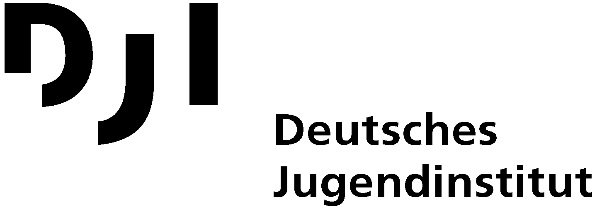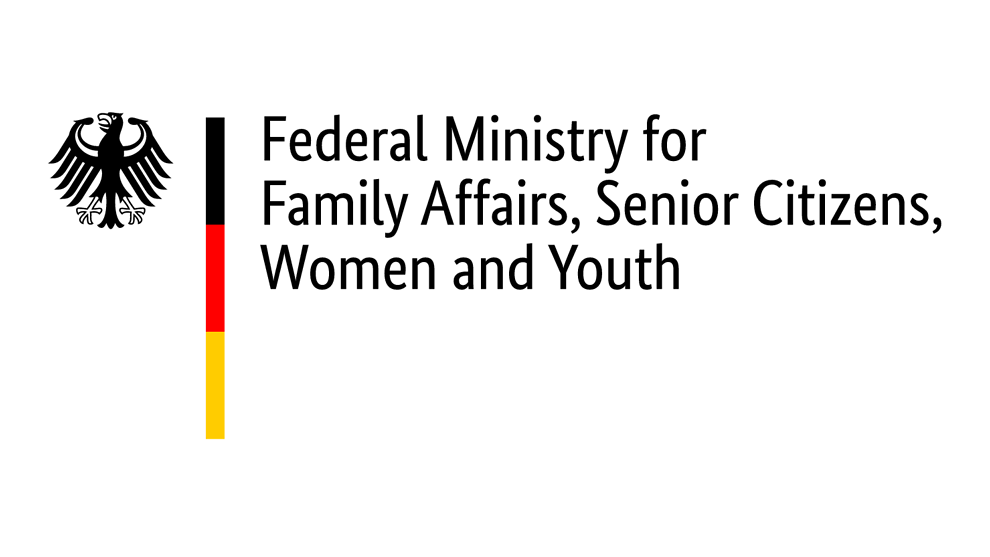Families in community-orientated housing (FageWo)
In this research report, the focus is on "families in community-orientated housing". Although families represent the main social group in housing projects, their specific needs and potentials have not been sufficiently taken into account so far.
Family living - especially in community-structured contexts - is as much a structural as a social concept. For this reason, two research teams from Karlsruhe University of Applied Sciences and the German Youth Institute Munich conducted research from a spatial and a social science perspective combining diverse methodological approaches. The results were summarized in a résumé and a practical guide.
In the context of communal forms of living, social proximity creates networks of support and care that span generations and lifestyles. Families under multiple stresses can benefit from relief through the community care network. Such relationships, which are individually structured, are often perceived by the residents as family-like networks and extensions of the nuclear family. Community care structures and opportunities for participation are able to form intra- and intergenerational networks that relieve families of the tension between work and family life. With regard to the upbringing of children and adolescents, these structures can represent an enrichment and, in addition, contribute to a self-determined life in old age for senior citizens.
Community-orientated housing today is ultimately a spatial as well as social response to changing family structures. An expanded concept of housing must be applied to communal forms of family living/ to family living in collaborative housing, since everyday living takes place in the private core apartment, but also in the housing project. The research results show that within community-orientated family living projects, new structures emerge in floor plans and adaptive spatial options are pursued. "In-between" spaces, i.e., spaces between the private living space and the public space, are clearly gaining importance as play and communication zones with expanded circulation spaces playing a key role in this context. Family living in collaborative housing projects leads to exciting social and spatial adaptations, especially because of the continuously changing requirements of use. In particular, the life course perspective shows that these housing types can respond appropriately to biographical events and transitions both on a social and spatial level. Especially when a couple separates, as well as in the transition from the active family phase to the empty-nest phase, the adaptation potential of community-orientated housing arrangements is enormous.
Families in community-orientated housing projects now reflect the whole breadth and diversity of lifestyles and housing types. In order to meet social diversity and social adaptability, it is necessary to create a wide and differentiated range of different types of housing.
Since self-contained communities need diverse spaces, there is an increasing opening to the neighborhood or village. Through community-oriented initiatives, community-orientated housing projects often become important drivers of socially cooperative and vibrant neighborhood development. The study also showed that the success of social coexistence is not a foregone conclusion. The appropriate form of community cultivation for the respective project, as well as opportunities for self-organization or co-design, are essential prerequisites for the development of social support potentials and possibilities to adapt the living space accordingly to the needs. The rich research findings show the multiple dimensions of added value/ benefits that community-orientated housing can provide for families as well as for society as a whole.









